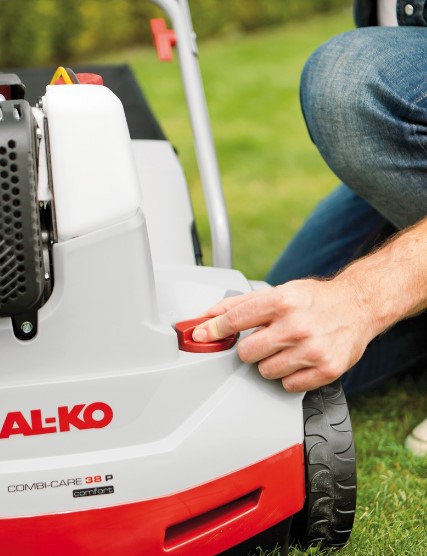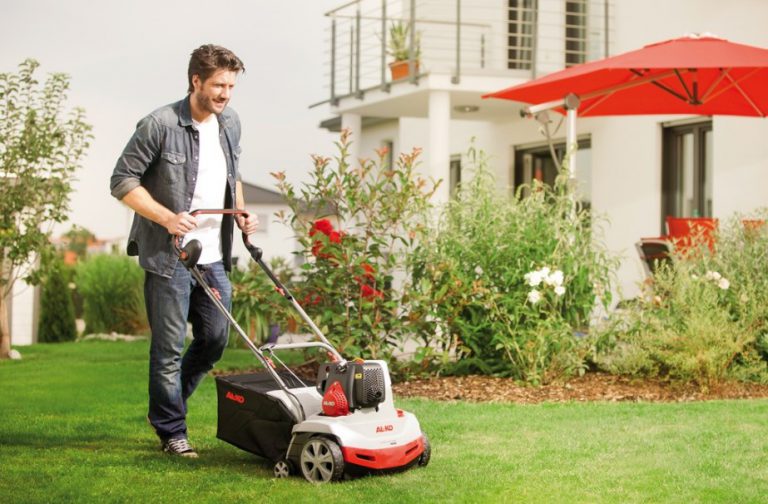If you have a lawn, then you know that one of the most important pieces of equipment you need is a good quality grass areator. This tool helps to loosen up the soil and make it easier for your grass to grow. It also helps to reduce compaction, which can make your lawn healthier overall.
There are a few different types of grass areators on the market (https://www.duseti.si/trgovina/kosnja/prezracevalniki-trate), so it’s important to choose the right one for your needs. In this comprehensive guide, we’ll take a look at everything you need to know about choosing and using a grass areator.

What is a Grass Areator?
A grass areator is a tool that helps to aerate your lawn. It does this by punching small holes into the ground, which allows air and water to reach the roots of your grass. This can be beneficial for a number of reasons.
For one, it can help your grass to grow better. When the roots have access to more oxygen, they’re able to grow stronger and healthier. Additionally, aeration can also help to reduce compaction in your lawn.
Compaction occurs when the soil is too tightly packed together. This can happen over time as people walk on your lawn or drive over it. Compacted soil doesn’t allow air or water to reach the roots of your grass, which can lead to unhealthy turf.
Aerating your lawn can help to reduce compaction and improve the overall health of your grass.
How Does a Grass Areator Work?
A grass areator works by punching small holes into the ground. There are a few different ways that this can be done. The most common type of areator is a plug aerator.
This type of aerator has long metal tines that spin as you push it across your lawn. The tines sink into the ground and pull out small plugs of soil as they go. These plugs of soil are then left on the surface of your lawn where they eventually break down and add nutrients back into the soil.
Core aerators are another type of grass areator. These work in a similar way to plug aerators, but instead of leaving plugs of soil on the surface, they deposit them into a collection bag. This can be beneficial if you don’t want any extra soil on your lawn.
Which Type of Grass Areator is Right for Me?
The type of grass areator that’s right for you will depend on a few different factors. The first thing to consider is the size of your lawn. If you have a small lawn, then a manual aerator might be sufficient.
These can be pushed or pulled by hand and don’t require any extra power source. However, if you have a larger lawn, then an electric or gas-powered aerator will be necessary.
Another thing to consider is the type of soil you have. If you have sandy soil, then a core aerator might be the best option. This is because the cores of soil that are deposited into the bag will help to improve drainage.
If you have clay soil, on the other hand, then a plug aerator might be a better choice. This is because the plugs of soil that are left on the surface will help to break up the clay and improve drainage.
No matter what type of grass areator you choose, it’s important to use it correctly. Be sure to read the instructions carefully before operating any type of power equipment. And always wear proper safety gear, such as gloves, eye protection, and earplugs.
Using a Grass Areator
Using a grass areator is relatively simple. First, you’ll need to choose the right aerator for your needs. Next, you’ll need to make sure that your lawn is dry before you begin. Wet soil can stick to the tines of your aerator and make it difficult to use.
Once your lawn is dry, you can start aerating. If you’re using a plug aerator, then simply push it across your lawn in a back-and-forth motion. The tines will sink into the ground and pull out plugs of soil as they go.
Be sure to overlap each pass so that you’re sure to cover the entire lawn.
If you’re using a core aerator, then you’ll need to follow a different pattern. First, push the aerator across your lawn in one direction. Then, turn around and come back over the same area in the opposite direction.
This will help to ensure that you’re getting an evenly distributed pattern of cores.
Once you’ve finished aerating your lawn, you can either leave the plugs or cores on the surface, or you can remove them. If you choose to leave them, then they’ll eventually break down and add nutrients back into the soil.
If you prefer to remove them, then simply rake them up and dispose of them. Be sure to aerate your lawn at least once per year. This will help to keep the soil loose and improve the overall health of your grass.
